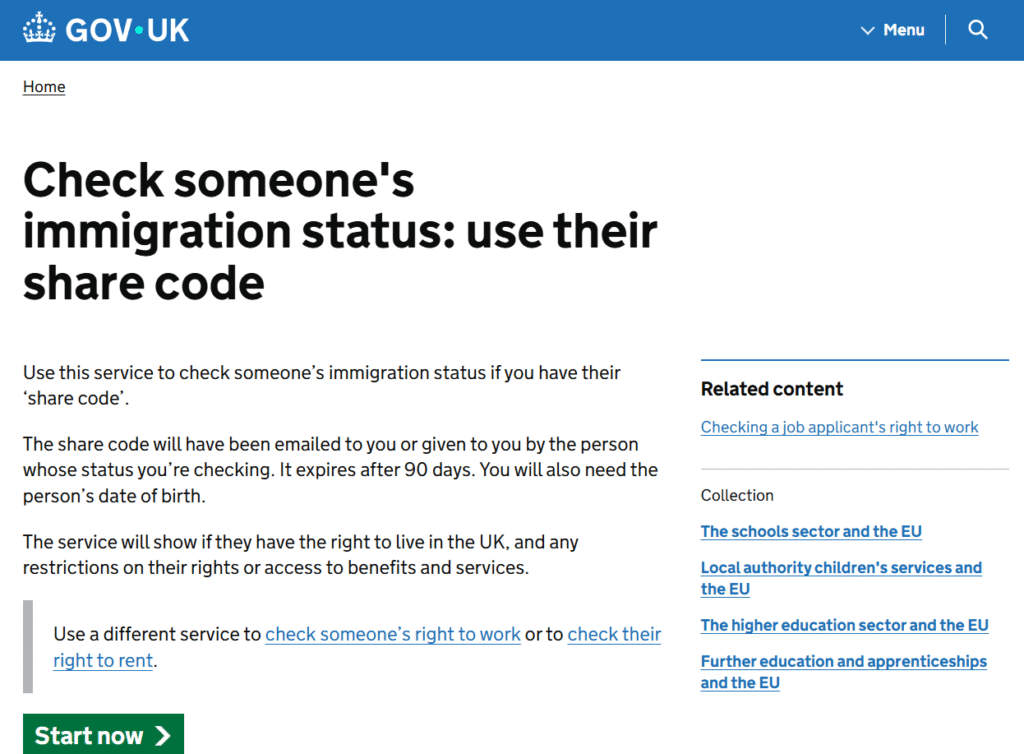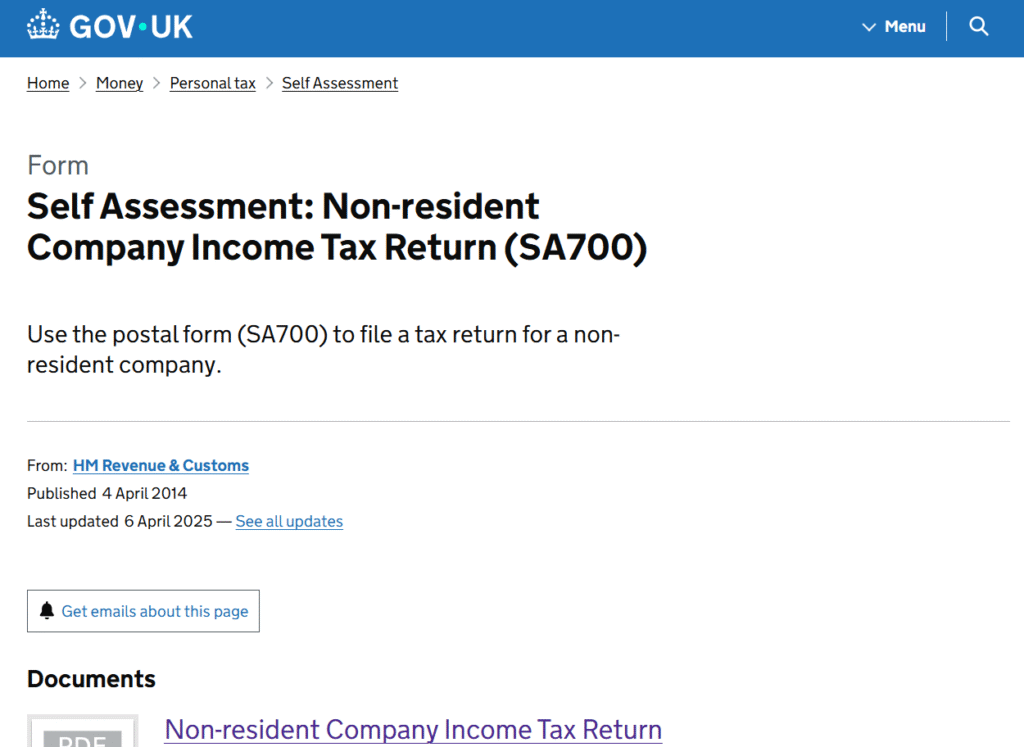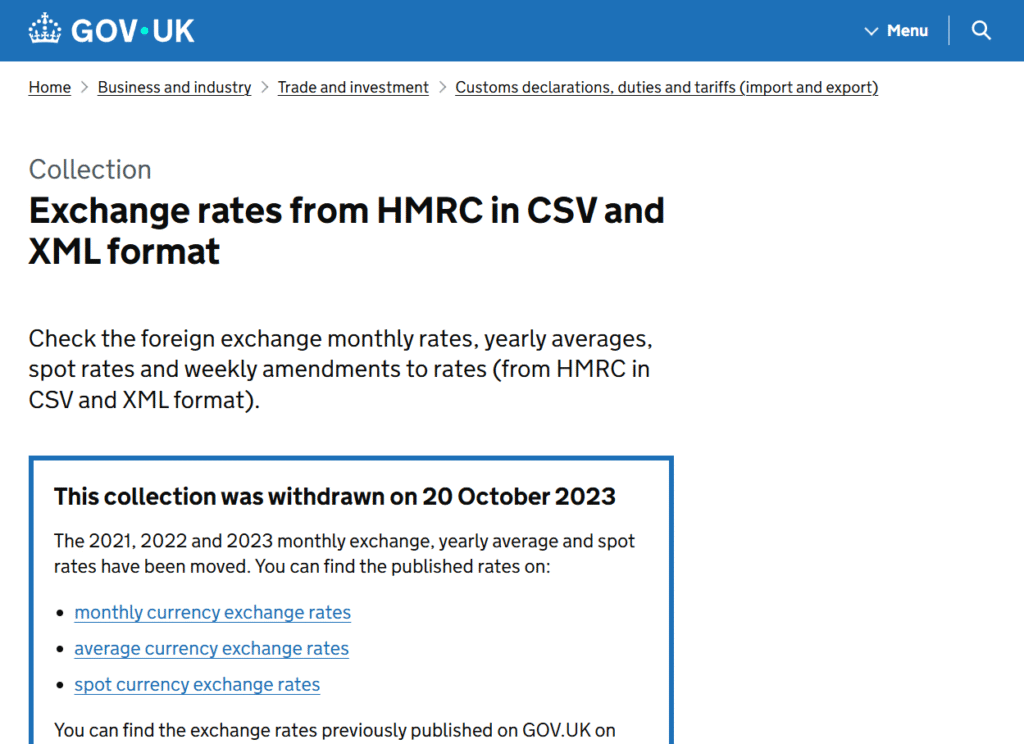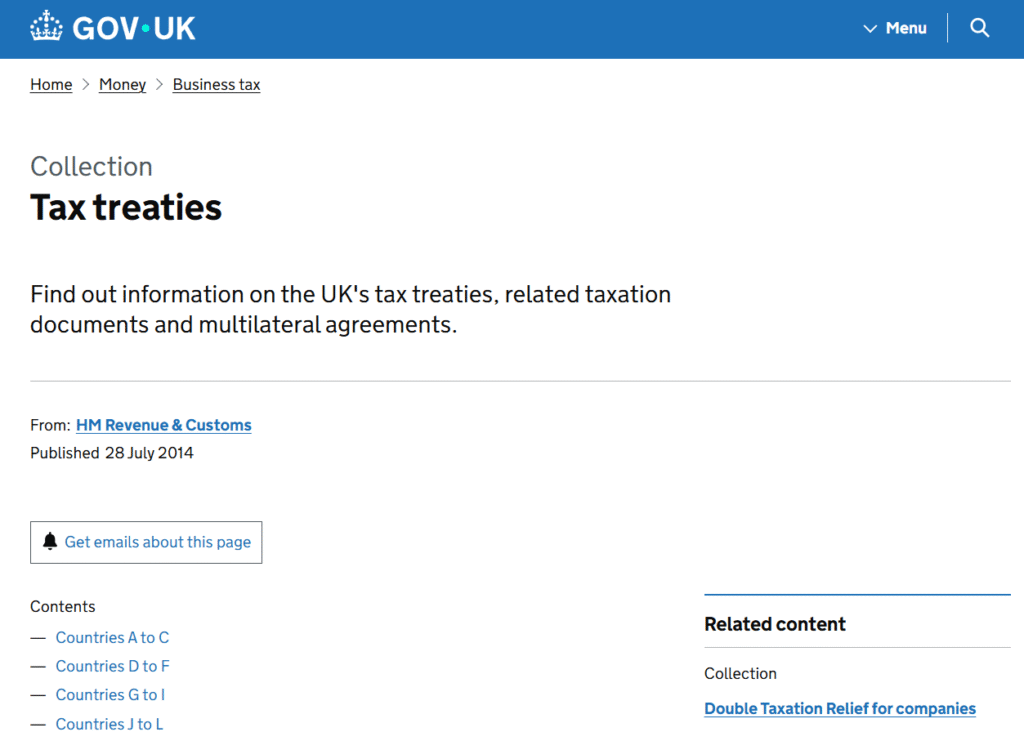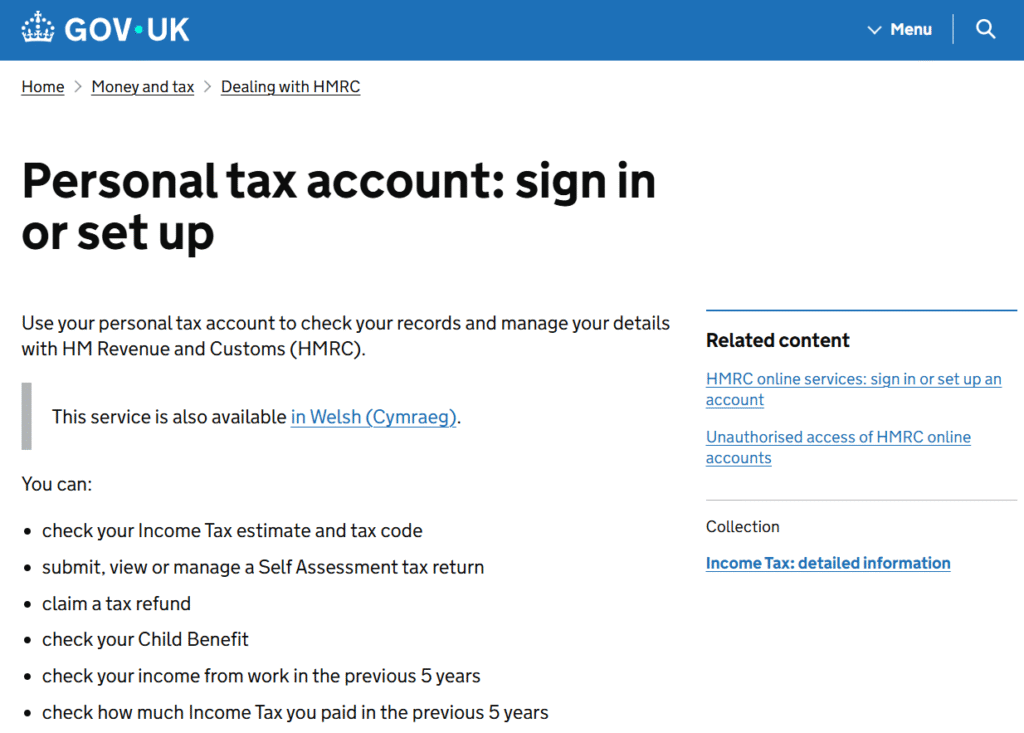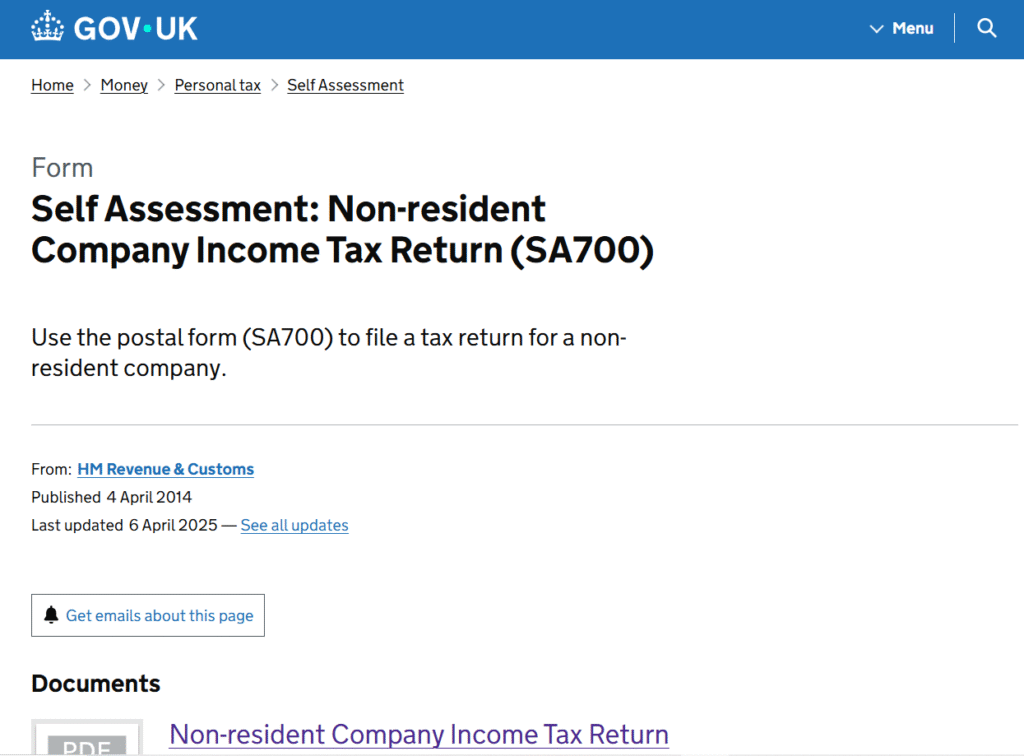SA700 Tax Form – Complete Guide to Filing a Non-Resident UK Tax Return
Understanding the SA700 Form
If you live outside the UK but receive income from UK sources, you may still need to file a tax return. The SA700 form is the official document used to declare income earned in the United Kingdom by individuals who are non-resident for tax purposes.
This guide explains everything you need to know — who needs to complete it, how to fill it in, what documents to prepare, and how to submit it safely to HMRC. Whether you’re working abroad, receiving UK property income, or have investment earnings, this walkthrough will help you understand your responsibilities and how to stay compliant with HMRC rules.
What Is the SA700 Form?
The SA700 form is a Non-Resident UK Tax Return. It allows individuals who live abroad to report UK income and pay any tax due — or claim a refund if too much has been deducted.
You’ll typically need to complete this form if you are:
-
Living abroad for most or all of the tax year, and
-
Receiving UK income such as property rent, pensions, or interest, and
-
Not required to file a full Self Assessment return (for example, you don’t have UK self-employment income).
Who Must Complete the SA700?
You must submit the SA700 if any of the following apply:
-
You are a non-resident landlord receiving rental income from UK property.
-
You receive UK bank interest or dividends where tax was deducted.
-
You receive a UK pension or annuity while living abroad.
-
You have UK-based investment income, royalties, or other taxable returns.
-
You are a retired person abroad with a private or occupational pension from the UK.
-
You are a foreign national who once worked in the UK and still receives income from a UK source.
If you are unsure whether you qualify as a non-resident, HMRC’s official residency tests can help you check:
https://www.gov.uk/check-immigration-status
Documents You’ll Need Before You Start
Gather these before completing the form:
-
Your National Insurance number (if you have one)
-
Your Unique Taxpayer Reference (UTR), if previously registered with HMRC
-
Details of all UK income (rent, pension, dividends, etc.)
-
Certificates showing tax deducted at source
-
Foreign address and proof of residence outside the UK
-
Details of any double taxation relief (if applicable)
-
UK bank details for potential refunds
Having this information ready helps avoid delays.
How to Complete the SA700 Form – Step by Step
Step 1: Download the Form
Download the latest SA700 form 2025 directly from HMRC’s website:
https://www.gov.uk/government/publications/self-assessment-non-resident-company-income-tax-return-sa700
Step 2: Personal and Residency Details
Fill in your full name, date of birth, and overseas address. Indicate your country of residence and specify the dates you were outside the UK during the relevant tax year.
You will also be asked whether you consider yourself resident under the Statutory Residence Test (SRT) — if you’re unsure, use HMRC’s online tool:
https://www.gov.uk/check-immigration-status
Step 3: Declare Your UK Income
Report all UK-sourced income for the tax year:
-
Rental income from UK property
-
UK pensions, annuities, or state benefits
-
Bank or building society interest
-
Dividends from UK companies
-
Royalties or licensing payments
Include any tax already deducted. If you have income in foreign currency, convert it to pounds sterling using the official exchange rate for the tax year (found at https://www.gov.uk/government/collections/exchange-rates-for-customs-and-vat).
Step 4: Claim Reliefs and Allowances
If your country has a Double Taxation Agreement (DTA) with the UK, you may be entitled to partial or full tax relief. The form includes sections for you to claim relief under specific treaty articles.
You can find the full list of UK DTAs at:
https://www.gov.uk/government/collections/tax-treaties
Step 5: Calculate Your Tax or Refund
The SA700 form allows you to offset UK tax deducted against what’s due. If you’ve overpaid, HMRC will arrange a refund.
Step 6: Sign and Submit
You can post the completed form to HMRC:
HM Revenue and Customs, PT Operations North East England, BX9 1AS, United Kingdom
Make sure to sign the declaration page and date it clearly. Unsigned or undated returns will not be processed.
Deadlines for Submitting the SA700
-
Paper submission deadline: 31 October following the end of the tax year.
-
Online submission (via authorised agent): 31 January.
Late filing may result in penalties.
If you cannot file on time, you should contact HMRC to explain the delay as soon as possible:
https://www.gov.uk/self-assessment-tax-returns/penalties
Processing Time
HMRC typically processes SA700 forms within 8–12 weeks, though this can vary depending on whether you’re claiming a refund or paying additional tax. If your refund involves foreign bank transfers, processing may take slightly longer.
You can track correspondence by registering for a personal tax account:
https://www.gov.uk/personal-tax-account
Common Issues That Cause Delays
-
Forgetting to tick the “non-resident” box
-
Using outdated forms
-
Missing information about Double Taxation Agreements
-
Not providing proof of foreign address
-
Not converting foreign income to GBP
Having your form reviewed before submission can prevent most of these errors.
Double Taxation Relief and the SA700
Many non-residents worry about paying tax twice — once in the UK and once in their home country.
The UK has Double Taxation Agreements (DTAs) with over 130 countries to prevent this.
If you’ve already paid tax abroad on your UK income, you may be able to offset it. To claim relief, include details in the appropriate SA700 section and attach any foreign tax certificates.
For full treaty information, visit:
https://www.gov.uk/government/collections/tax-treaties
How Refunds Are Paid
HMRC can issue refunds:
-
Directly into a UK bank account (preferred)
-
By cheque to a UK or overseas address
Refunds to overseas accounts may take longer, especially if the currency differs.
Avoiding Common Mistakes
-
Do not include foreign (non-UK) income unless specifically requested.
-
Always use the latest version of the form for the correct tax year.
-
Check that all pages are signed and dated.
-
Ensure your address abroad is clear and complete (including postcode or postal code equivalent).
-
Do not send original certificates — use copies.
How Audit Consulting Group Can Help
Completing the SA700 accurately can be challenging — particularly when cross-border income, exchange rates, or tax treaties are involved.
Our UK-based team assists non-residents worldwide by:
-
Reviewing your UK income sources and tax deductions
-
Ensuring correct use of Double Taxation Agreements
-
Preparing all calculations and paperwork
-
Communicating directly with HMRC on your behalf
-
Tracking your refund or payment progress until completion
Our goal is to make your UK tax reporting straightforward, accurate, and stress-free — wherever you live.
Case Studies
Case 1 – Non-Resident Landlord
Client: Elena P., Spain
Situation: Rented out her UK flat after moving abroad. Unsure about declaring rental income.
Result: We filed her SA700 with proper DTA relief under the UK-Spain treaty. She avoided double taxation and received confirmation from HMRC within nine weeks.
Case 2 – Pensioner Abroad
Client: Robert L., Cyprus
Situation: UK pension taxed at source though his income was below the UK allowance.
Result: Full refund processed through SA700, refund of £1,850 in ten weeks.
Case 3 – Former Employee with UK Shares
Client: Mei W., Singapore
Situation: Received UK dividends taxed at source.
Result: Claimed refund via SA700, amount £960 returned after eight weeks.
Case 4 – Consultant Relocated Overseas
Client: Ahmed K., UAE
Situation: Worked part of the year in the UK, then moved abroad.
Result: SA700 filed to declare partial UK income and claim split-year relief. No penalties or double taxation.
Frequently Asked Questions (FAQ)
Q1: Do I need an SA700 if I already submit a Self Assessment return?
No. The SA700 is specifically for non-residents not required to file a full return.
Q2: Can I file the SA700 online?
Currently, you can only submit it by post or through an authorised UK tax agent.
Q3: How long does it take to receive a refund?
Usually 8–12 weeks, depending on location and currency.
Q4: Can I claim tax relief under a Double Taxation Agreement?
Yes, if your country has a DTA with the UK. Provide supporting documents.
Q5: How far back can I claim?
You can amend or claim for up to four previous tax years.
Q6: What if I left the UK recently?
If you lived part of the year in the UK, you may qualify for split-year treatment. Use the SRT guidance at: https://www.gov.uk/check-your-residence-status
Q7: What if I receive a letter from HMRC after filing?
It usually means they need extra details or verification. Respond promptly with the requested information.
When to Get Professional Support
If you’re not familiar with UK tax forms, residency tests, or treaty reliefs, professional help ensures accuracy and prevents penalties.
Our experts will handle every stage — from preparing documents to submitting the SA700 correctly the first time.
Get Help with Your SA700 Form
Our team of UK-based specialists makes the non-resident tax process simple. Whether you’re claiming a refund, reporting rental income, or declaring pensions, we’ll ensure full HMRC compliance and peace of mind.
Start today — we’ll guide you step by step.
Official information:
https://www.gov.uk/tax-uk-income-live-abroad/tax-returns
https://www.gov.uk/government/publications/self-assessment-tax-return-sa700

